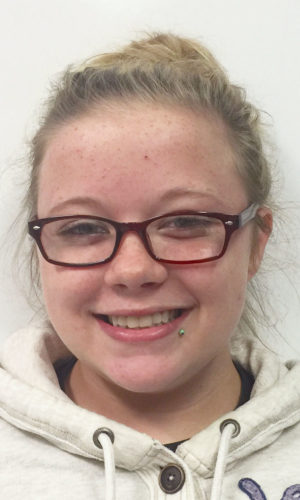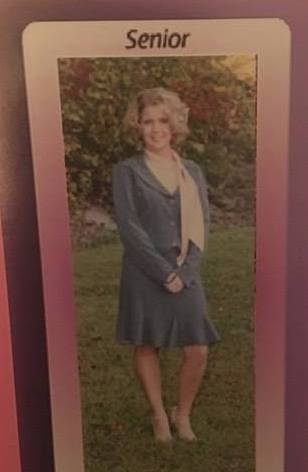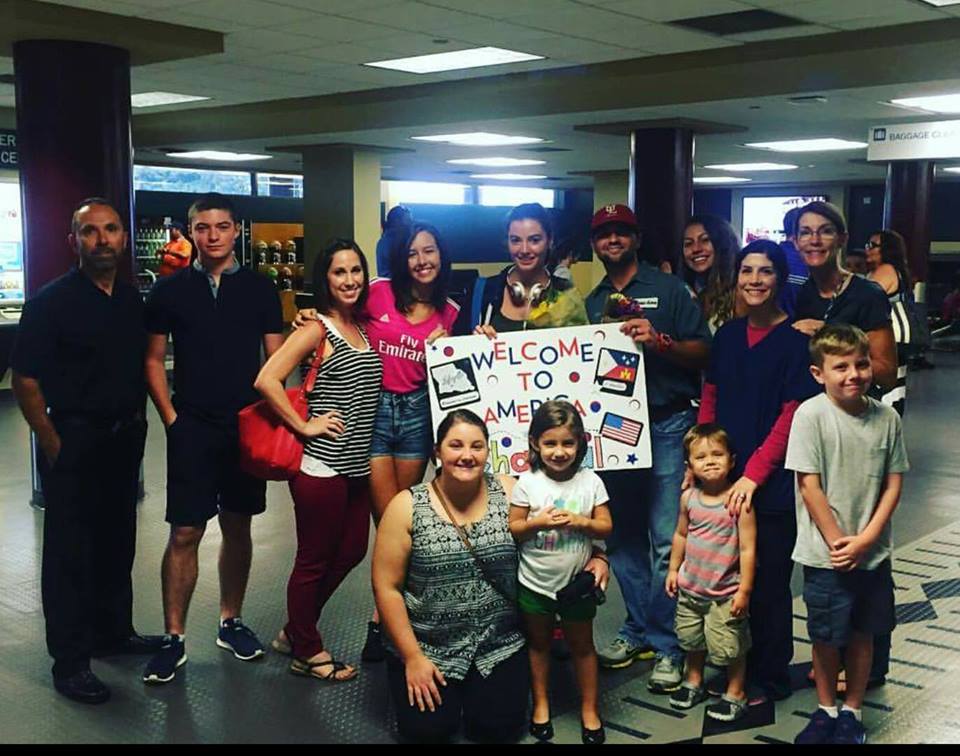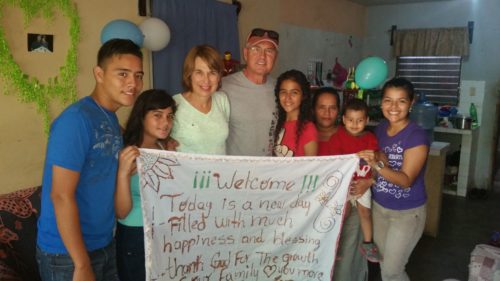Nobody’s better at wearing a brave face than a kid — whether they know it or not. If you drive around Eastern Kentucky, you’ll see children at school playing outside and laughing. At first glance, it’s not likely that you’ll truly understand the impact that increasing poverty is having on their families.
For a long time now, coal has put clothes on the backs and shoes on the feet of generations of Kentucky residents.
It’s coal country here, with mining dominating Kentucky’s industries since 1820. The Western Coal Fields, part of the Illinois basin, and the Eastern Coal Fields here in Appalachia, have been the historical centers of what was once an almost guaranteed career for able-bodied Kentuckians. For a long time now, coal has put clothes on the backs and shoes on the feet of generations of Kentucky residents.
Coal mining in Kentucky reached its peak in 1949. Since then, jobs have become more automated and mechanized; and with environmental regulations encouraging the use of cleaner fuels, the industry has been in decline. As a result, mines close. And when big coal companies pull out of a town, it’s nothing short of devastating for families.
Children Incorporated Volunteer Coordinator Terrie Simpkins, who works at Sheldon Clark High School in Martin County, Kentucky, says that the impact on the community has been shattering.
“Families lost their cars and then their homes. Our families have deep ties here, and they waited as long as they could before many gave up, and left for work in other states,” said Terrie.
As in any struggling economic system, less take-home pay means less to spend at gas stations, grocery stores, restaurants, and other local businesses. Those stores close up shop, more jobs are lost, and daily life becomes a struggle. The Appalachian population is in decline, as former miners of Kentucky coal move elsewhere to seek better lives near the cleaner, low sulfur coal mines of Wyoming, the gas fields of North Dakota, or the auto assembly plants of Louisville, Kentucky or Marysville, Ohio.
Some of those who stay do so to care for aging parents; some feel they don’t have the education or training to compete for jobs in other areas of the country; some can’t afford to move; and some simply feel a strong connection to the land they have always known.
Future Generations of Kentuckians Struggle to Stay Afloat
With one or both parents unemployed, one in four children in Kentucky lives in poverty. The last time children in the state faced such dire straits was during the Great Depression.
Many parents find creative ways to bring in a little income with in-home hair salons, doing odd jobs, collecting cans, or chopping wood. But the money that can be earned from these efforts doesn’t put much of a dent in the growing chasm between cost of living and take-home pay. As a result, deep poverty in Kentucky brings its usual sidekicks — addiction, depression, anxiety, and crime. And these ripple effects are lodging themselves deeply within the children of these families, who often lack the basic necessities they need to succeed.
Says Volunteer Coordinator Shana Smith of the children she sees at Hindman Elementary School in Knott County, “Some are being raised by grandparents, aunts, uncles, cousins or even unrelated people. There has been a jump in the number of babies born with addictions, which will hurt their development. I have seen a fifth grade child who could scarcely write her first name, and her struggles can be laid at the feet of her mother’s prenatal addiction.”
With one or both parents unemployed, one in four children in Kentucky lives in poverty. The last time children in the state faced such dire straits was during the Great Depression.
“For many of the kids in our program,” says Renée Kube, Director of U.S. Programs for Children Incorporated, “going to school is as big as their world gets.”
Well over 1,000 kids are currently enrolled in Children Incorporated’s Kentucky programs. Volunteer coordinators regularly report that children with warm coats in the winter and shoes that fit are more likely to show up for school. Sponsorship does far more than give children the tangible items they need: the sense that someone, somewhere takes an interest in both their todays and their tomorrows is a confidence boost that can’t be matched.
“It may surprise people to know that sponsorship in Kentucky is not just financial, but also emotional and social,” Kube explains. “The children love hearing from their sponsors – and no matter how short their reply, their correspondence is truly from the heart.”
A Challenging Future for Eastern Kentucky Children
Unfortunately, unemployment isn’t the only fallout from coal’s decline. This year, the state of Kentucky made an announcement that shocked its residents: the amount of money counties expected to receive via tax assessments for unmined coal was dramatically slashed.
Knott County, which took the hardest hit, will have to make do with a $1.5 million shortfall, two-thirds of which had been slated for public schools. Budgets were instantly revised, with school administrators taking deep cuts in personnel, supplies, equipment, and maintenance.
The repercussions of these cuts will be felt for years to come. With more children sponsored in more schools comes the development of future adults on good footing, having had the education and support they need to succeed.
As Eastern Kentucky struggles to find new ways to build a healthy economy, sponsorship ensures these children won’t get lost in the meantime.
***
HOW DO I SPONSOR A CHILD IN KENTUCKY?
You can sponsor a child in Kentucky by calling our office and speaking with one of our sponsorship specialists at 1-800-538-5381 or by emailing us at sponsorship@childrenincorporated.org.









 DW: Yes, I try to write them at least as often as they do, if not more — six to eight times a year, and then on birthdays and holidays as well.
DW: Yes, I try to write them at least as often as they do, if not more — six to eight times a year, and then on birthdays and holidays as well.